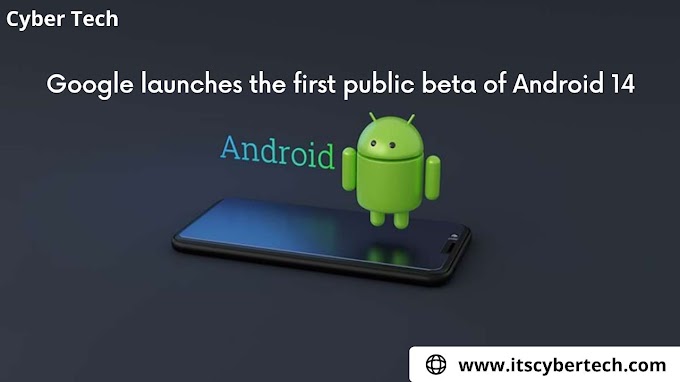Blockchain technology has the potential to significantly change the way cross-border payments are made. Currently, cross-border payments can be slow and expensive, as they often involve multiple intermediaries and complex regulatory requirements. Blockchain technology could potentially streamline this process and make it faster, cheaper, and more efficient. One way that blockchain could change cross-border payments is by reducing the number of intermediaries involved. Currently, cross-border payments often pass through multiple banks, blockchain payment system processors, and other intermediaries before reaching their final destination. Each of these intermediaries takes a fee for their services, which can add to the cost of the payment. Blockchain technology could potentially eliminate some of these intermediaries by allowing payments to be made directly from one party to another. This could reduce the cost of cross-border payments and make them more accessible to individuals and businesses.
Another way that blockchain could change cross-border payments is by increasing transparency and reducing the risk of fraud. Cross-border payments can be vulnerable to fraud and other financial crimes, as they often involve multiple parties and complex transactions. By using blockchain, transactions can be tracked and verified in a transparent and secure manner, reducing the risk of fraud and other financial crimes. Blockchain could also make cross-border payments faster and more efficient. Currently, cross-border payments can take days or even weeks to be completed, as they must go through multiple intermediaries and regulatory checks. With blockchain, transactions can be completed almost instantly, without the need for intermediaries or regulatory approval. This could make it easier for people to access and use their money, and it could also reduce the cost of cross-border payments. Finally, blockchain could potentially help to increase financial inclusion by providing an alternative way for individuals and businesses in developing countries to access financial services. Currently, many people in developing countries do not have access to traditional financial services, such as banks. By using blockchain, these individuals could potentially access financial services and participate in the global economy.
What are its advantages?
Cross-border payments employing blockchain as its intermediary technology is a significant advantage. With the onset of online business, there has been a surge in cross-border payments. A few of the benefits related to using blockchain in cross-border payments are:
Read More: What Are the Benefits of Using Blockchain and React Native for Mobile Application Development
Faster settlement
Any blockchain-enabled cross-border payment takes a few seconds or minutes. Unlike regular payments, which take 3-5 business days. Various issues such as time-zone differences and currency value differences do not affect the transaction time as cryptocurrency is a globalized currency. The average time is somewhere in the range of 141 minutes to six minutes. When all the transactions happen online, it eliminates burdensome office activities.
Cost-Effective
Banks have to take the help of intermediary banks to process the transaction. As often, banks don’t have an alliance with the bank in the other nation. The third party in between charges a fee, and the cost is divided between the sender and the beneficiary. When using a blockchain network for blockchain payments, the transaction fee will only be there for the blockchain network operator.
Enhanced Security
As in the cryptocurrency network, everyone owns a private key. The key acts as a digital signature, and if there is any reason, the system gets hacked. The signature will itself become invalid. As we know, the blockchain is synced simultaneously. Thus, an attacker would not be able to access the information across multiple computers quickly.
Improved Transparency
In the future, traditional financial reporting companies will become obsolete. As in blockchain technology, every transaction and holding is easy to view on an explorer. Even for a private permission less blockchain, the participants involved can view the transactions. The entries in the system are validated. By sharing the information across the platforms, there will be a reduction in data discrepancy.
Challenges
The major challenge is that the majority of the citizens are still not well-equipped with the technology. There isn’t much clarity regarding the regulation of the crypto market. The Fintech giants such as Wise or SWIFT are currently hesitant to use distributed ledger technology. These payment platforms will deploy blockchain networks when more and more central banks adopt distributed ledger technology for cross-border payments. Honestly, banks are not ready to accept the volatility of crypto. It is one of the major reasons for financial institutions not deploying the blockchain for negotiations. Therefore SWIFT has started the new GPI system for settling the transaction. Recently, SWIFT has also collaborated with RIPPLE to streamline payments from the blockchain.
In conclusion, blockchain technology has the potential to significantly change the way cross-border payments are made. It could reduce the number of intermediaries involved, increase transparency and reduce the risk of fraud, make payments faster and more efficient, and increase financial inclusion. While there are certainly challenges and risks associated with blockchain, it is clear that it has the potential to significantly impact and transform the way blockchain payments are made.




